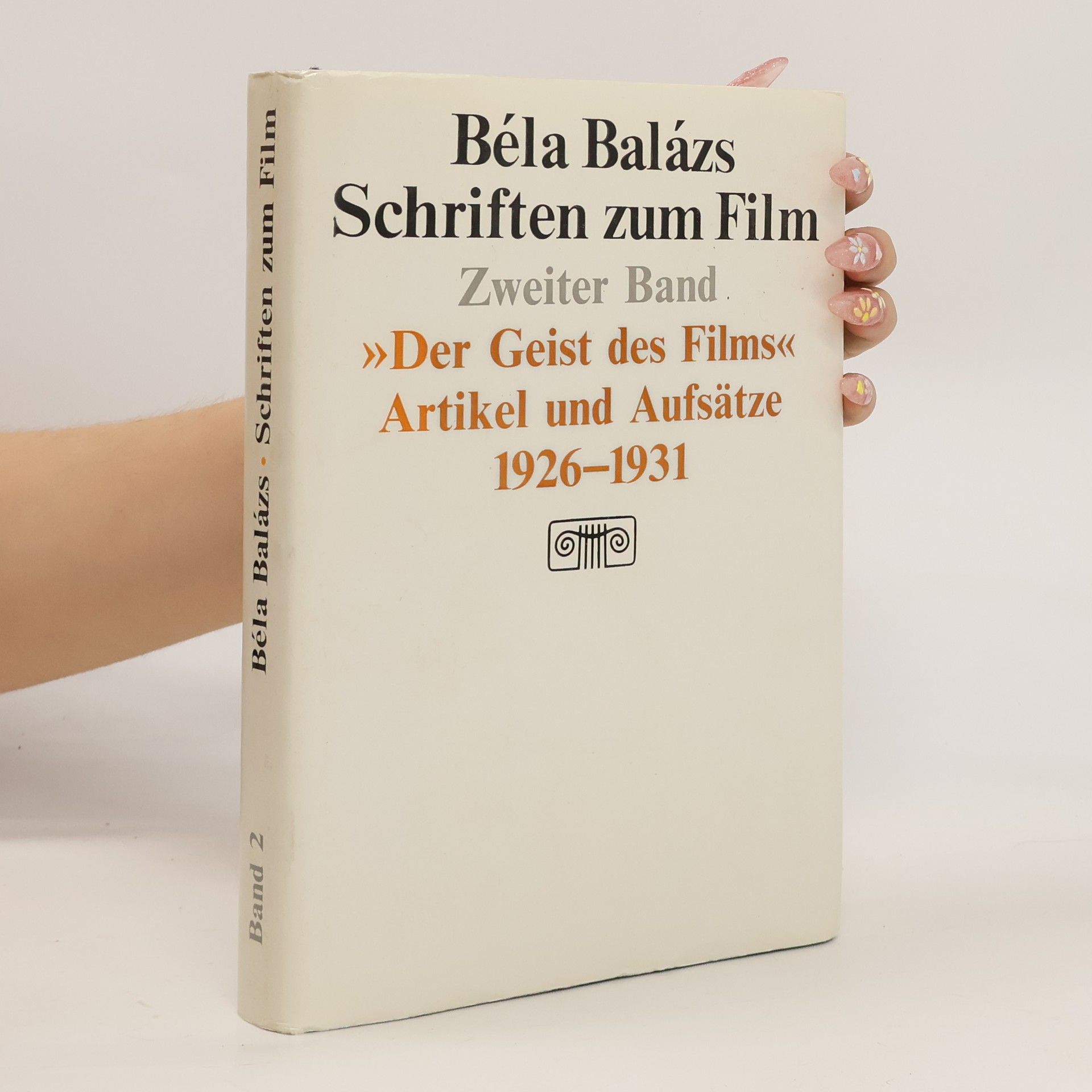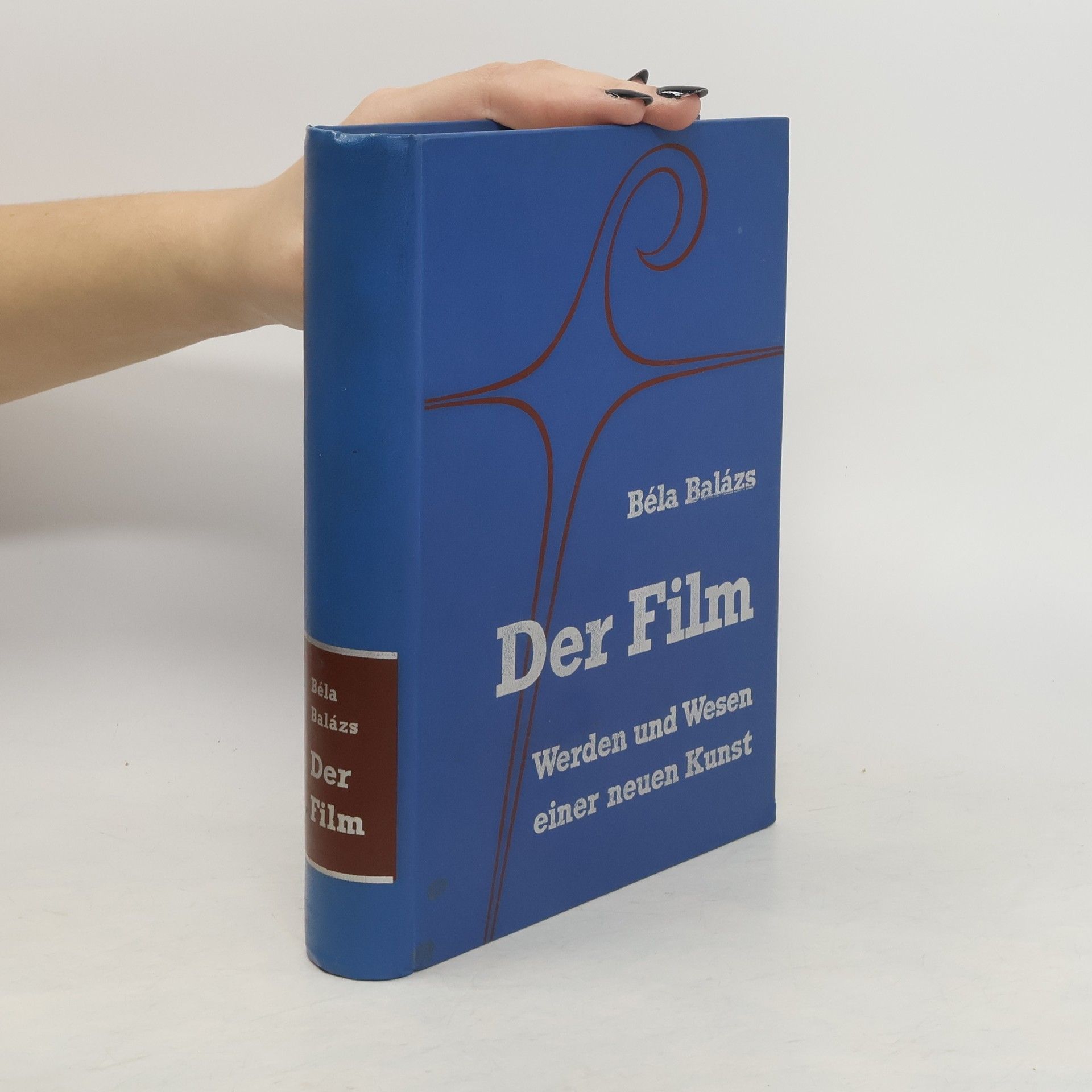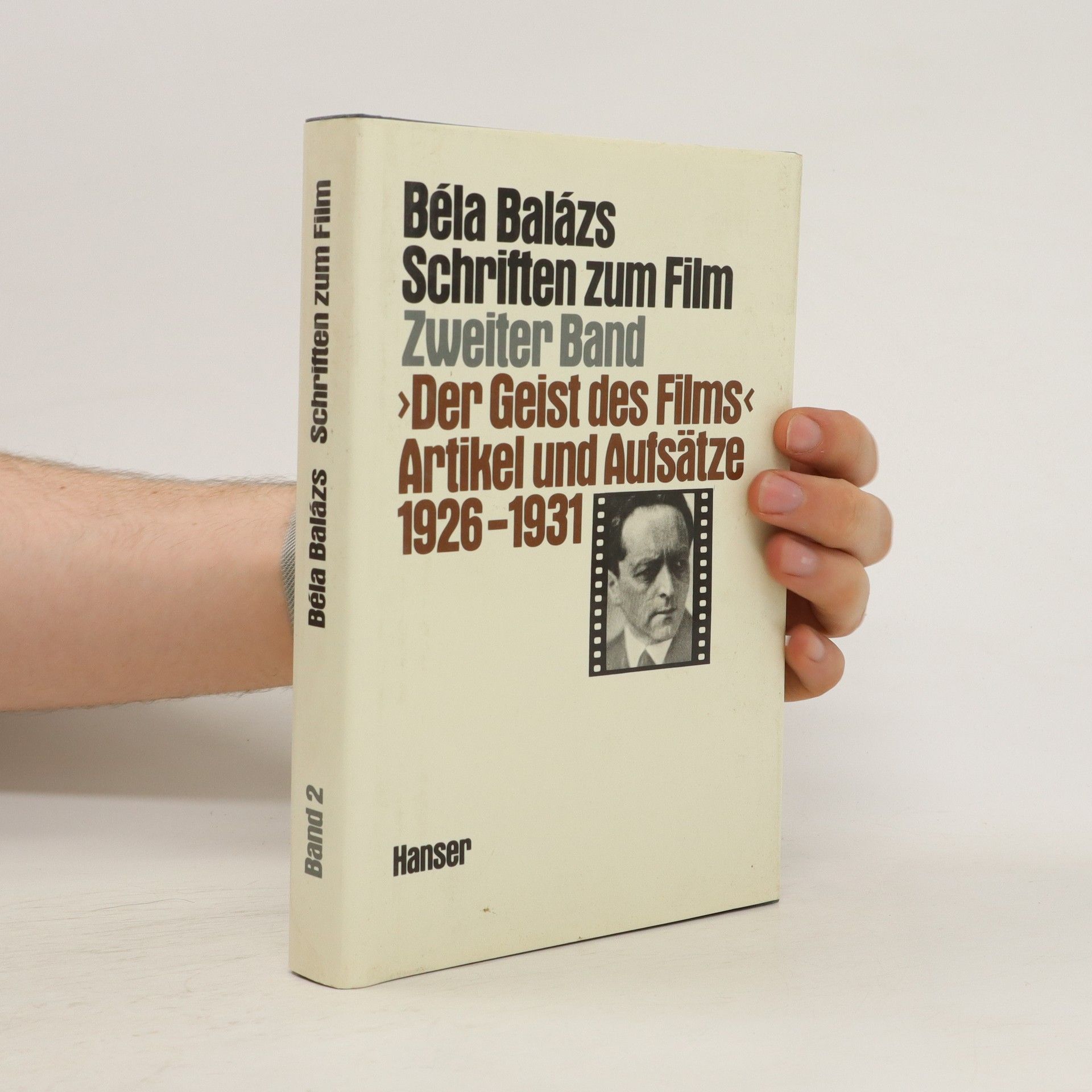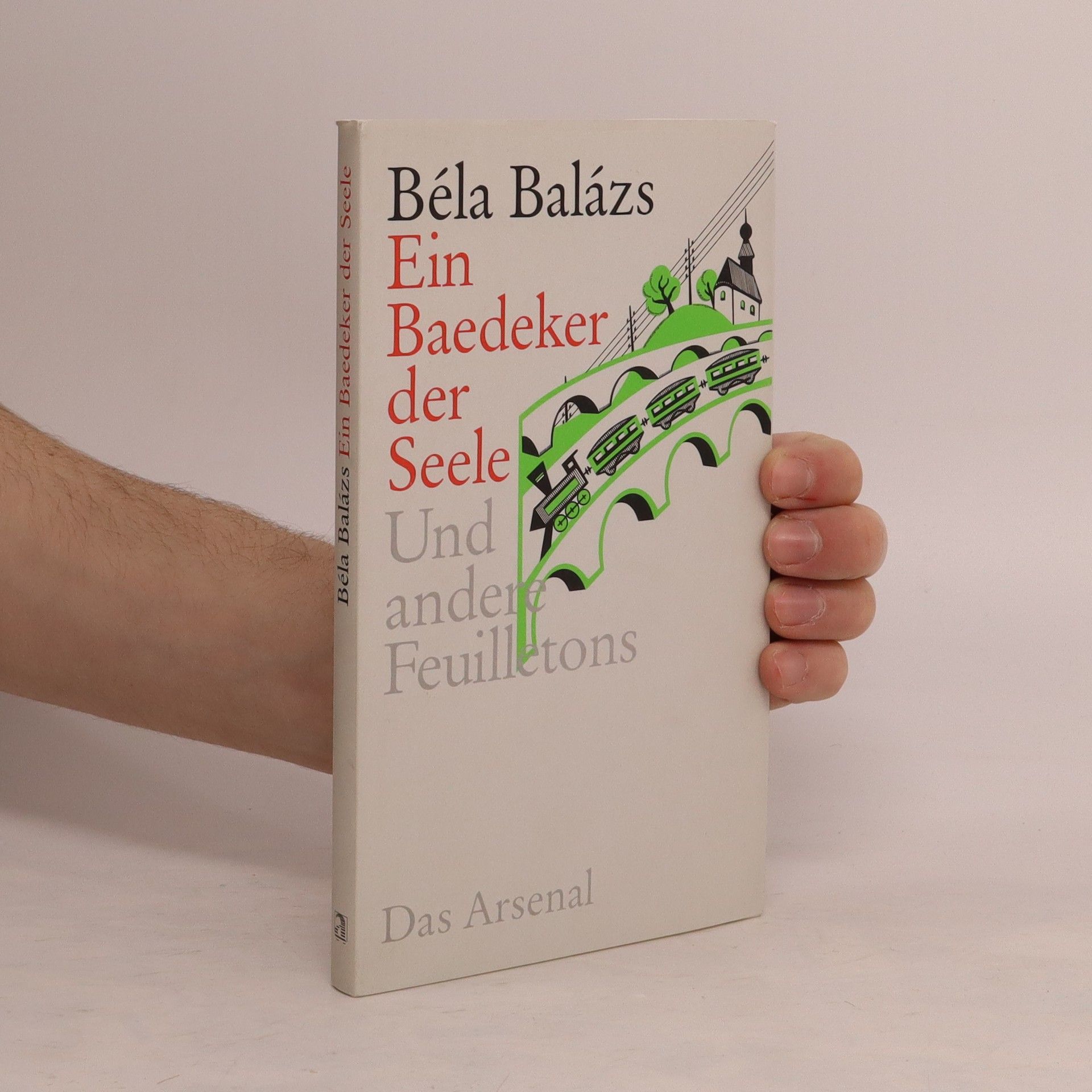Exploring the realm of enchanting fairy tales, this collection showcases the imaginative storytelling of the librettist behind Béla Bartók's opera, Bluebeard's Castle. Each tale weaves together elements of mystery and wonder, inviting readers into a world where the extraordinary meets the familiar. The narratives are rich with symbolism and depth, reflecting the complexities of human experience while maintaining a whimsical charm. Ideal for lovers of classic fairy tales and those seeking a fresh perspective on timeless themes.
Béla Balázs Books
Béla Balázs was a Hungarian-Jewish film critic, aesthete, writer, and poet. He became renowned for his profound insights into the nature of film and visual art. His work frequently explored how the medium shapes our perception of reality and human emotions. Balázs delved into the aesthetic and philosophical dimensions of cinema and its role in modern culture.

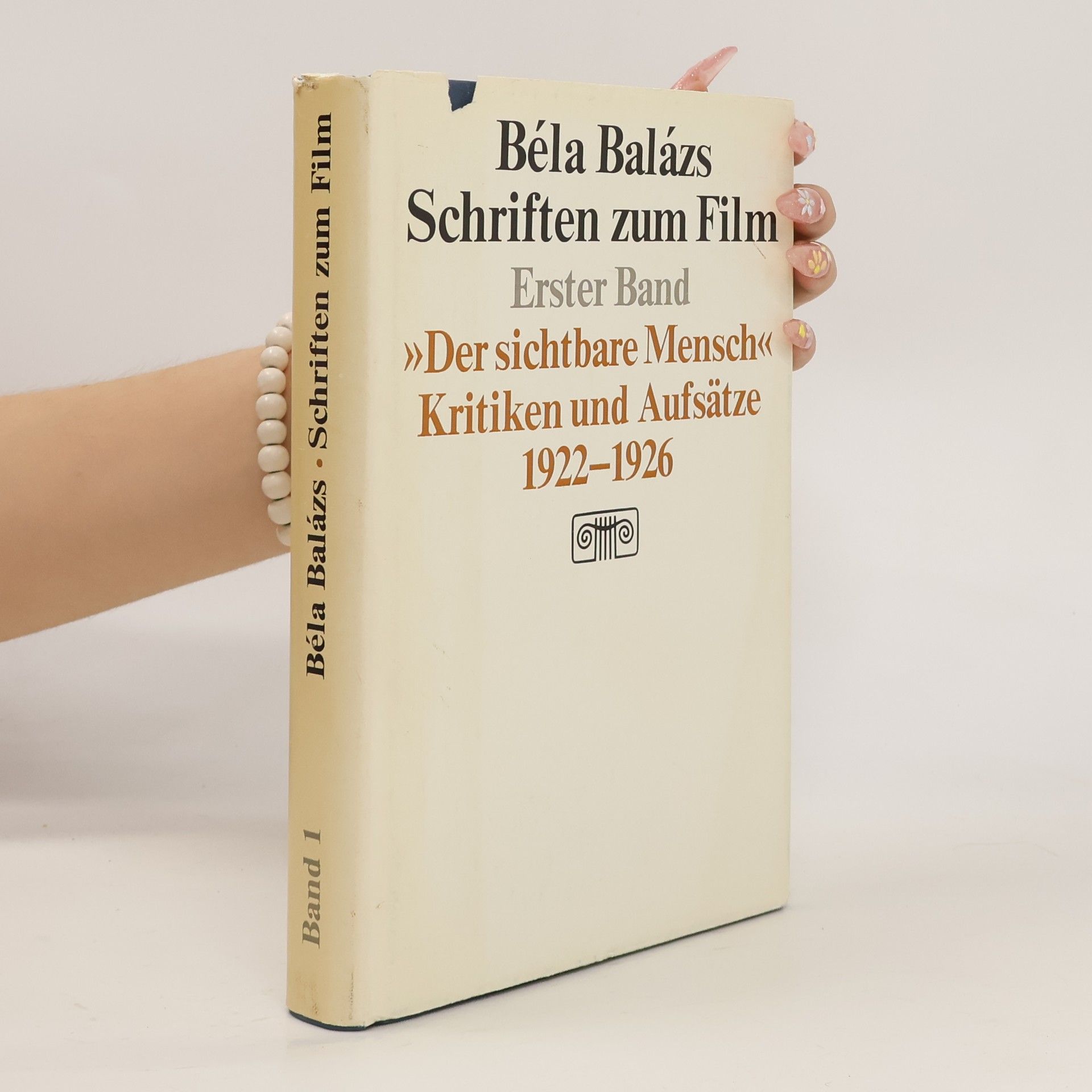
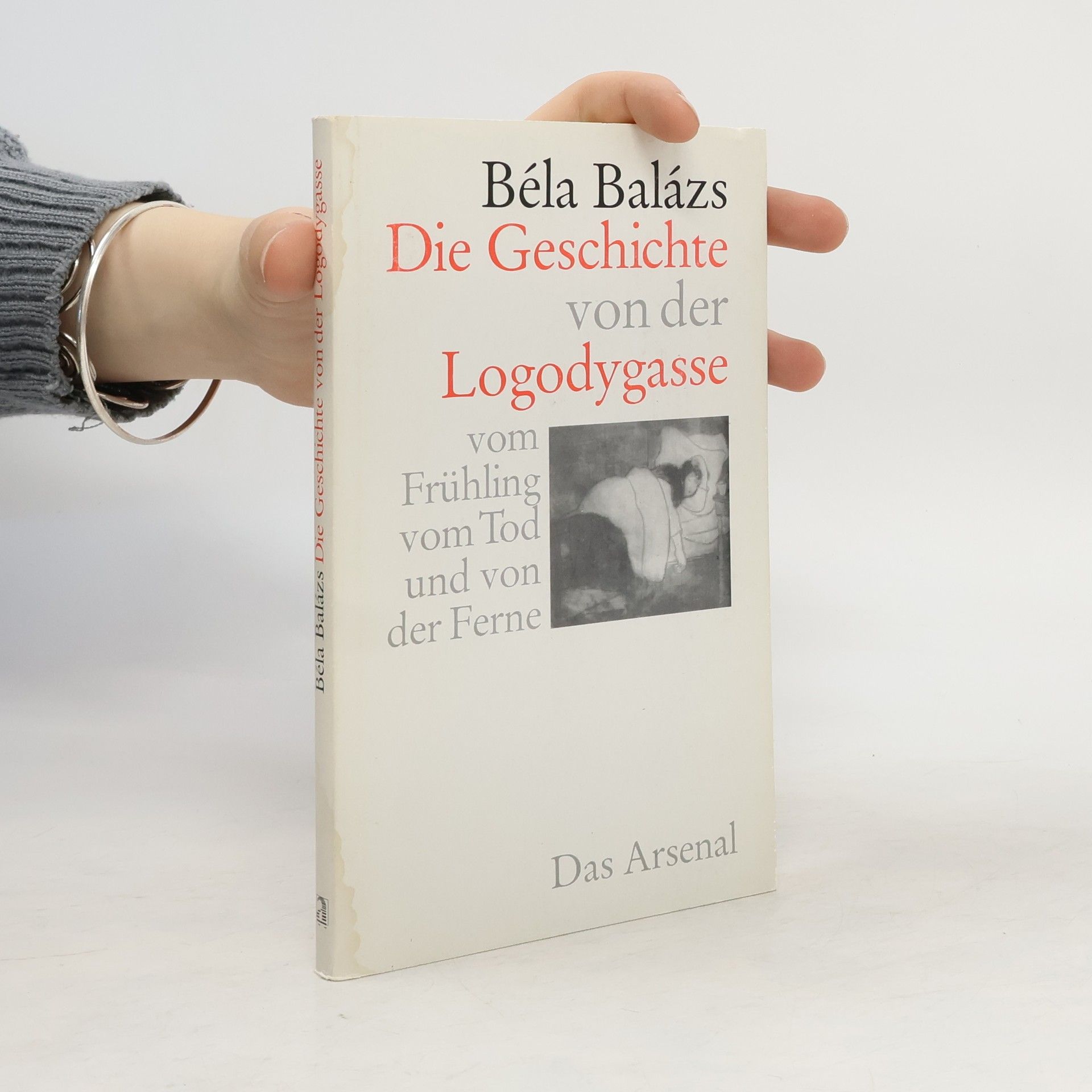
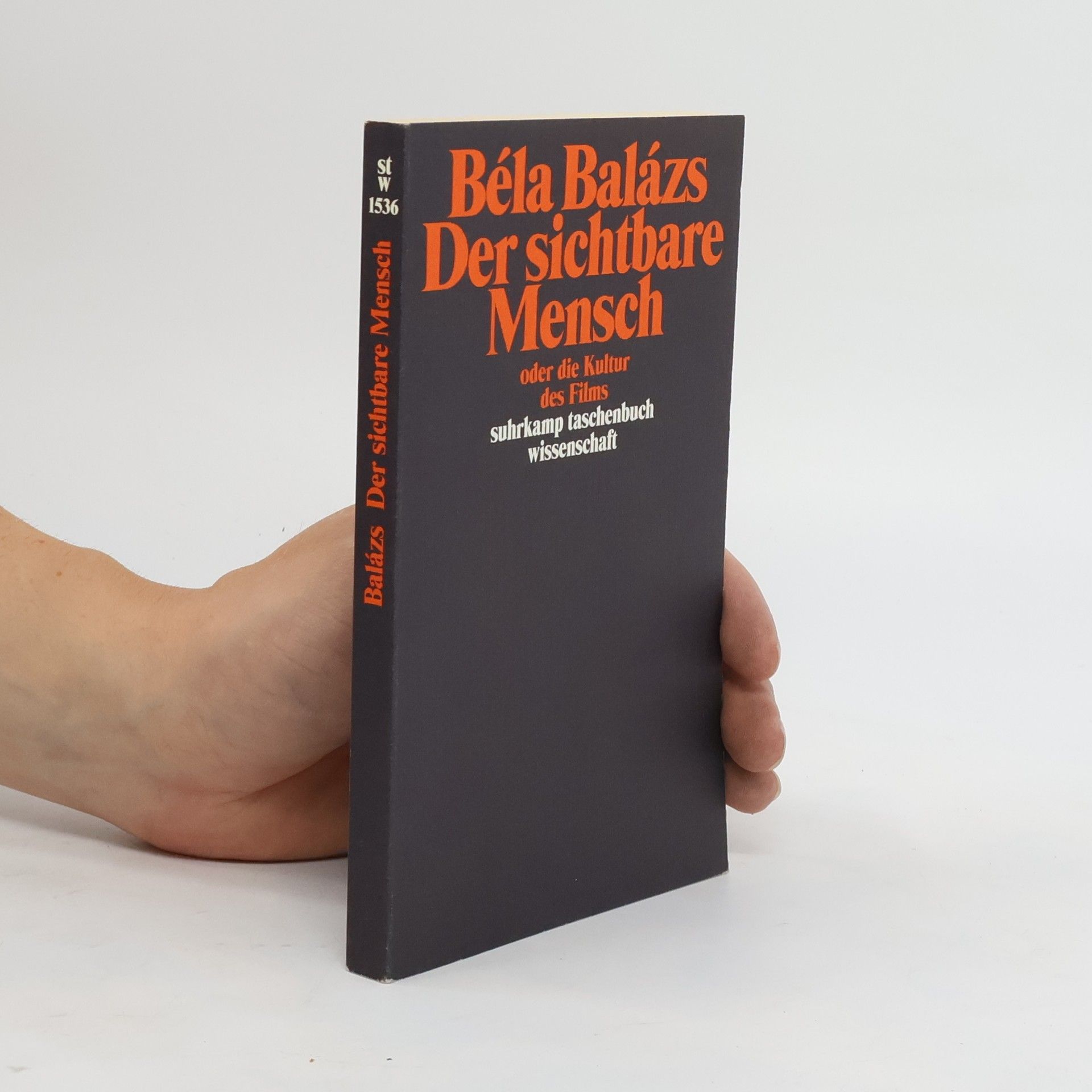
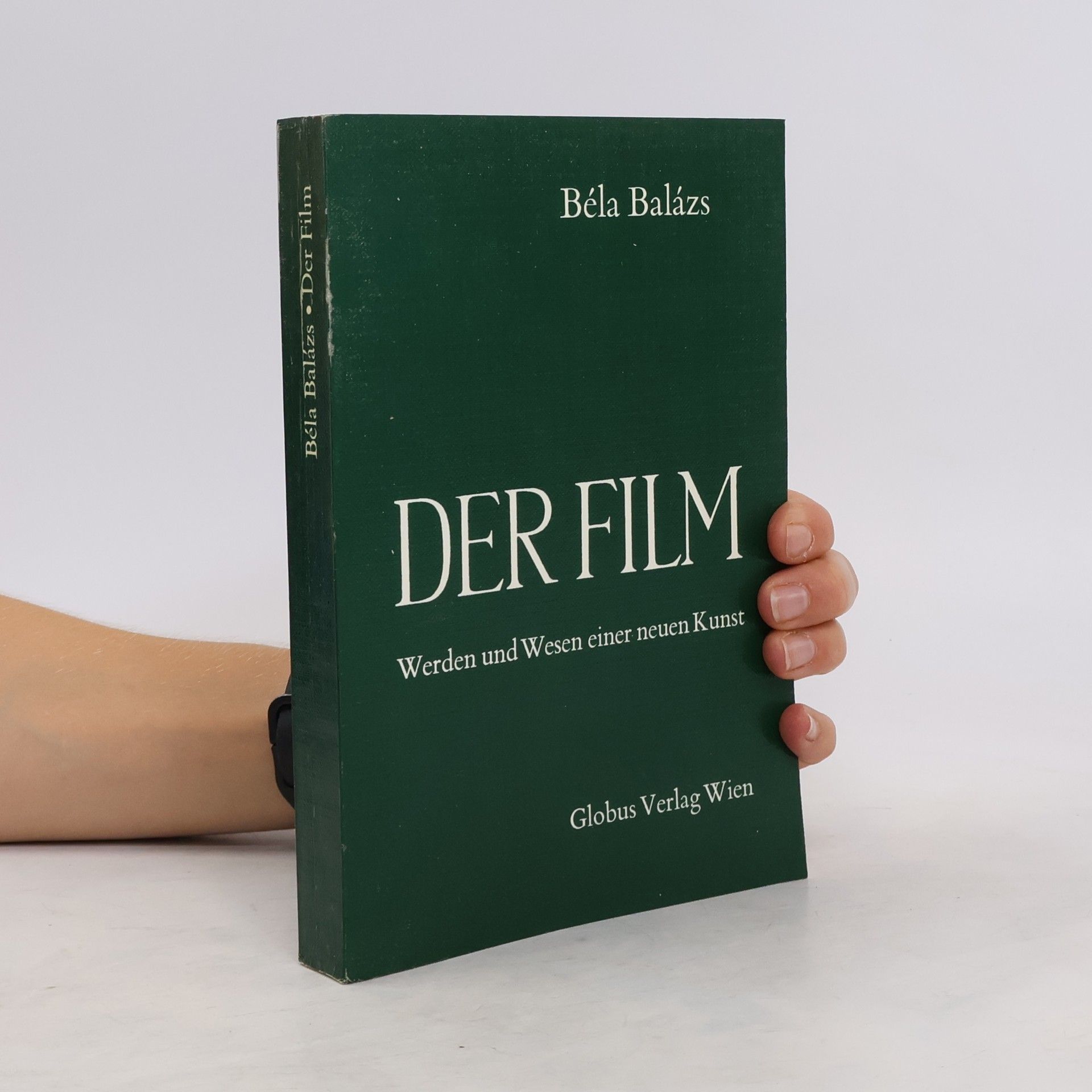


The cloak of dreams
- 177 pages
- 7 hours of reading
A man transforms into a flea and must unite his future parents to regain his humanity. A woman persuades a river god to heal her sick son, but the outcome is mixed. A young man faces a choice between his wife's soul and body, while two deaf mutes rise above their physical limitations in a dreamlike garden. These strange and fantastical tales by Béla Balázs (1884-1949), a Hungarian writer and film critic, delve into themes of friendship, alienation, and Taoist philosophy. Translated and introduced by fairy tale expert Jack Zipes, this collection features sixteen haunting stories originally published in 1921, accompanied by twenty Chinese-style illustrations by Mariette Lydis. The tales highlight recurring motifs such as wandering protagonists, mysterious landscapes, solitude, and magical transformations. Balázs's fairy tales articulate our deepest desires and the possibility of transcending adversity to shape our destinies. With their unusual narratives and exploration of life's cruelties and unexpected turns, these enchanting stories promise to entertain, startle, and intrigue readers.
Der Film
- 309 pages
- 11 hours of reading
Der sichtbare Mensch oder die Kultur des Films
- 250 pages
- 9 hours of reading
Bela Balazs gehört zu den »Klassikern« der filmästhetischen Theorie, in einer Reihe mit Eisenstein, Pudowkin, Arnheim und Kracauer. Sein frühestes Filmbuch, Der sichtbare Mensch von 1924, ist die erste wirklich folgenreiche Filmtheorie, in der die Quintessenz von drei Jahrzehnten künstlerischer Entwicklung des neuen Mediums gezogen wird: vom Anspruch her eine Kunstphilosophie mit der Absicht, der legitimen Kunst des Volkes zu ihrem Recht zu verhelfen, inhaltlich eine Filmdramaturgie, die die ästhetischen Probleme des Films systematisch angeht, methodisch eine empirische Arbeit als Ergebnis von eineinhalb Jahren intensivster Filmkritiker-Tätigkeit in Wien und stilistisch die Filmtheorie eines Dichters, der immer wieder treffende Sprachbilder findet und dessen Begeisterung für das Kino sich auch heute noch unvermittelt auf den Leser überträgt. Bela Balazs, geboren 1884 in Ungarn, war als Dramatiker, Lyriker und Essayist, Drehbuchautor und Filmtheoretiker tätig. Helmut H. Diederichs, geboren 1948, ist Professor für Medienpädagogik an der FH Dortmund.
Schriften zum Film. Band 1
"Der sichtbare Mensch": Kritiken und Aufsätze 1922-1926
Schriften zum Film. Band 2
Der Geist des Films: Artikel und Aufsätze 1926-1931
- 244 pages
- 9 hours of reading
Schriften zum Film
- 376 pages
- 14 hours of reading
Zweiter Band"Der Geist des Films" 1926 - 1931
Ein Baedeker der Seele
Und andere Feuilletons aus den Jahren 1920 - 1926
